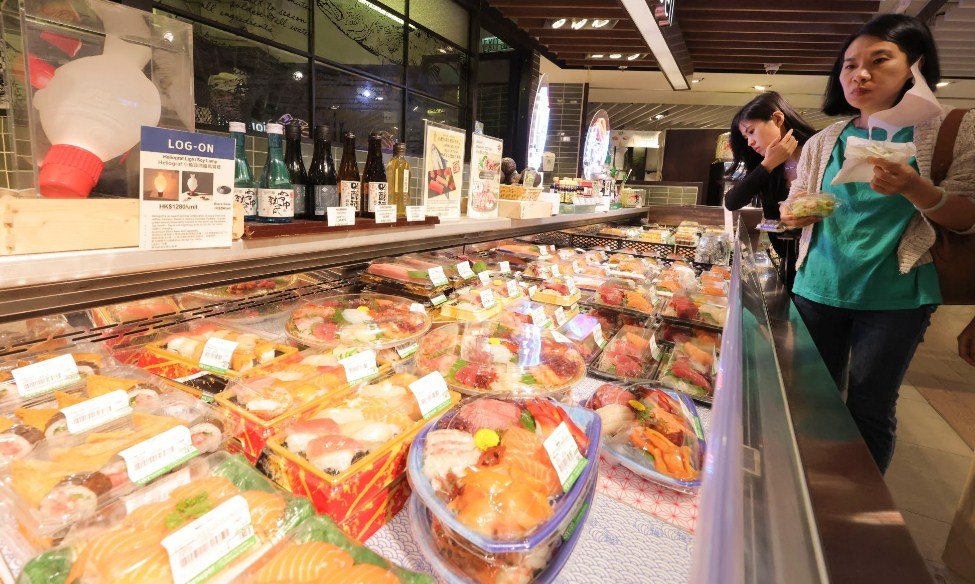Ban affects 10 per cent of Japanese seafood imports
Hong Kong has imposed a ban on imports of seafood from 10 Japanese prefectures, including Tokyo and Fukushima, following Japan’s decision to release treated radioactive wastewater from the Fukushima nuclear plant into the sea. The ban, which took effect on Thursday (Aug 24), covers all fresh, frozen, chilled, dried or processed seafood, as well as sea salt and seaweed.
The move has affected about 10 per cent of Hong Kong’s total imports of Japanese seafood, which amounted to HK$3.6 billion (US$462 million) in 2022. Hong Kong is Japan’s second largest market for seafood exports after mainland China, which also announced a similar ban on Wednesday.
Some Japanese restaurants in Hong Kong are expecting a 30 per cent dip in business, as they rely heavily on the quality and variety of seafood from Japan. They are also facing challenges in finding alternative sources and maintaining customer confidence.
High-end restaurants hit hard by supply shortage
Simon Wong, president of the Hong Kong Federation of Restaurants and Related Trades, said that high-end Japanese restaurants would be the most affected by the ban, as they usually import fresh seafood directly from Japan on the same day.
“We expect that business will further drop by another 20 to 30 per cent or even more for some high-end restaurants,” he said. “For the high-end restaurants, most of their products are directly air-flown from Japan to Hong Kong on the same day. And if they don’t have enough varieties or quantity of fishery products for the restaurant, then the business will be affected.”
He added that some customers might also avoid Japanese food altogether due to safety concerns, even though the Hong Kong authorities have assured that the imported seafood from Japan is safe and meets international standards.
Mr Wong said that he did not expect a spike in prices for Japanese seafood, as the priority of merchants was to retain their customers. He also hoped that the ban would be lifted soon, as Japan is a major source of quality seafood for Hong Kong.
Restaurants seek alternatives from other regions
Carl Siu, owner of G One Sushi Japanese Restaurant, said that he had been seeking alternatives from other regions, such as Norway, Canada and Taiwan, to provide his customers with multiple choices. However, he admitted that the quality and taste of Japanese seafood was incomparable to other sources.
“Our conservative estimate is that business will initially decline by 40 per cent to 50 per cent,” he said. “We believe that the quality of Japanese seafood is incomparable to other regions. We have been seeking alternatives from other sources to provide our customers with multiple choices.”
He also said that he had been communicating with his customers and explaining the situation to them, hoping to restore their confidence in Japanese food.
“I think most of our customers are rational and understand that not all seafood from Japan is contaminated,” he said. “We also show them the certificates and labels of our products to prove their origin and safety.”
Ban sparks controversy and criticism
The ban on Japanese seafood imports has sparked controversy and criticism from different sectors in Hong Kong. Some have questioned the scientific basis and necessity of the ban, while others have accused the Hong Kong government of bowing to pressure from Beijing.
The Hong Kong government has defended its decision, saying that it was based on the precautionary principle and public health considerations. It also said that it would closely monitor the situation and review the ban accordingly.
Japan has insisted that the release of treated wastewater from the Fukushima nuclear plant is safe and poses no threat to human health or the environment. It has also expressed regret and disappointment over the bans imposed by China and Hong Kong, saying that they were not based on scientific evidence.

